Peke-A-Pap vs. Kimola: Breed Differences and Similarities
Hypoallergenic
Are Peke-A-Paps or Kimolas hypoallergenic, or neither?
Unfortunately, neither Peke-A-Pap nor Kimola are hypoallergenic, which may not make them the best choice for dog lovers who suffer from pet allergies.
Temperament
What are the personalities of Peke-A-Pap and Kimola dogs?
Stubborn
Happy
Energetic
Alert
Intelligent
Friendly
Affectionate
Aggressive
Good-natured
Opinionated
Playful
Independent
Energetic
Protective
Alert
Intelligent
Friendly
Obedient
Devoted
Lively
Steady
Spirited
Assertive
Shedding Level
Do Peke-A-Paps shed more than Kimolas, or which breed sheds more, Peke-A-Paps or Kimolas?
Peke-A-Paps are low shedding dogs, requiring minimal coat care.
Kimolas shed a lot of hair each year, so frequent brushing is essential for reducing shedding and maintaining coat health.
Watchdog Ability
Which dog breed makes a better watchdog, the Peke-A-Pap or Kimola?
Peke-A-Paps are decent watchdogs - they'll alert their owner if something seems amiss.
Kimolas aren't great guard dogs; they tend to just watch without taking action.
Ancestry
What are the origins of Peke-A-Pap and Kimola breeds?
Papillon, Pekingese
American Eskimo, Lhasa Apso
Breed recognition
Which kennel clubs recognize/register Peke-A-Pap and Kimola?
ACHC = American Canine Hybrid Club
DBR = Designer Breed Registry
DDKC = Designer Dogs Kennel Club
DRA = Dog Registry of America, Inc.
IDCR = International Designer Canine Registry®
ACHC = American Canine Hybrid Club
DDKC = Designer Dogs Kennel Club
DRA = Dog Registry of America, Inc.
IDCR = International Designer Canine Registry®
UKC = United Kennel Club
Date of Birth
When were Peke-A-Pap and Kimola breeds first developed?
Unknown
Eye Color Possibilites
What are the eye colors of Peke-A-Pap and Kimola dogs?
Brown
Brown
Nose Color Possibilites
What are the natural nose colors of Peke-A-Pap and Kimola?
Black
Black
Coat Color Possibilites
What are the natural colors of the coat for Peke-A-Pap and Kimola breeds?
Brown
Black
White
Cream
White
Gray
Coat Length
What is the typical coat length for Peke-A-Pap and Kimola breeds?
The coat of Peke-A-Pap and Kimola dogs is generally known for its length.
Coat Density
What is the density of the coat of Peke-A-Pap and Kimola?
Coat Texture
What is the hair texture of Peke-A-Pap and Kimola?
Straight
Litter Size
What is the usual litter size for Peke-A-Pap and Kimola?
A Peke-A-Pap can have a litter of 2-4 puppies on average. However, it's worth noting that the size of the litters can vary greatly. Factors that can influence litter size include the health of the mother, breeding history, and genetics.
A Kimola can have a litter of 4-6 puppies on average. However, it's worth noting that the size of the litters can vary greatly. Factors that can influence litter size include the health of the mother, breeding history, and genetics.
Adaptability
Peke-A-Paps are highly adaptable and versatile, making them excellent companions for families and individuals of all lifestyles.
Kimolas are known for their adaptability and can adjust well to different environments and lifestyle changes.
Health Issues
Between Peke-A-Pap and Kimola, which breed is more prone to health problems?
Peke-A-Paps typically have low vet costs due to their good health, but it's important to monitor their health and seek vet care when necessary.
While the Kimola breed is generally healthy, occasional vet check-ups are still necessary to address any health concerns.
Major Concerns
What are the major health concerns for Peke-A-Pap and Kimola breeds?
Patellar Luxation
Entropion
Deafness
Hip Dysplasia
Skin Fold Dermatitis
Mitral Valve Disease
Brachycephalic Syndrome
Exposure Keratopathy Syndrome
Patellar Luxation
Familial Nephropathy
Atopic Dermatitis
Brachycephalic Syndrome
Exposure Keratopathy Syndrome
Keratoconjunctivitis Sicca
Minor Concerns
What minor health issues should be kept in mind when owning Peke-A-Pap and Kimola?
KCS
Progressive Retinal Atrophy
Cataracts
Von Willebrand's Disease
Intervertebral Disc Disease
Urolithiasis
Hydrocephalus
Chronic Anemia
Progressive Retinal Atrophy (PRA)
Occasional Tests
What occasional tests are recommended for Peke-A-Pap and Kimola breeds?
Knee
Heart
Dna For Vwd
Hips
X-Rays
Physical Examination
Allergy Tests
Respiratory Tests
Eye examination
X-Rays
Ear Examination
X-ray imaging
Eye Examinations
Schirmer Tear Test
Blood Analysis
Blood Count
Internal Imaging (x-ray, CT scan, MRI, etc.)
Blood And Urine Analysis
Energy
How do the energy levels of Peke-A-Paps and Kimolas compare?
For those who lead a balanced lifestyle, Peke-A-Pap and Kimola breeds may be a good choice as they have an average energy level.
Social Needs
Peke-A-Pap vs Kimola social needs comparison
Peke-A-Pap and Kimola have above average social needs compared to other breeds. They thrive in environments where they have a lot of interaction with humans and other dogs.
Exercise Needed
Peke-A-Pap vs Kimola exercise need comparison.
The Peke-A-Pap and Kimola breeds are breeds that require minimal physical activity to maintain a healthy lifestyle. They are ideal for people with busy lifestyles, elderly people or those who have limited mobility. They also make great pets for those who live in small apartments or have limited outdoor space.
Sleeping Need
Which of the two sleeps the most/least: Peke-A-Pap or Kimola?
Peke-A-Paps have moderate energy levels and typical sleep patterns of 12-14 hours per day.
Kimolas sleep less than other breeds but still need adequate sleep for good health.
Tendency to Bark
Do Peke-A-Paps or Kimolas bark more/less frequently?
Peke-A-Pap and Kimolas tend to bark moderately, they bark when necessary, such as to alert their owner or to communicate something. They may also bark due to certain triggers like fear, alarm, boredom, greeting, separation anxiety and compulsive barking.
Mouthiness
Mouthiness Comparison: Peke-A-Pap vs Kimola?
Roaming urge
Peke-A-Pap vs Labrador: Running away tendency?
Prey Drive
Peke-A-Pap or Kimola - which breed has a higher level of prey drive?
Activity Level
Which breed has higher energy, Peke-A-Paps or Kimolas?
Both Peke-A-Pap and Kimola are medium-energy dogs that enjoy socializing and playing with other dogs. They may engage in casual or sustained games of chase, and occasionally have bursts of barking or racing around the house.
Tolerance of being left alone
Walks per Week
How many miles should Peke-A-Pap or Kimola walk each week?
There's really no limit to how far you walk your dog as long as they're comfortable. For Peke-A-Pap, it's at least 8 miles / week. Just remember to build distance and stamina gradually over time.
There's really no limit to how far you walk your dog as long as they're comfortable. For Kimola, it's at least 6 miles / week. Just remember to build distance and stamina gradually over time.
Activity per Day
Do Peke-A-Paps or Kimolas require more exercise?
In general most Peke-A-Paps usually need at least 25 minutes of exercise daily. This can be spread across the day and include all sorts of high-energy activities, like walking, running and playing.
In general most Kimolas usually need at least 40 minutes of exercise daily. This can be spread across the day and include all sorts of high-energy activities, like walking, running and playing.
Grooming
Which breed is easier to maintain in terms of grooming, Peke-A-Paps or Kimolas?
Peke-A-Pap and Kimola are breeds of dogs that require a significant amount of grooming. They will also require regular trims, and a professional groomer's help is often necessary to keep their coat in good condition. They may also need regular baths to maintain their coat and skin.
Brushing Frequency
What is the recommended brushing frequency for Peke-A-Pap and Kimola dogs?
Peke-A-Pap should be brushed at least once a week. Of course you can give them more frequent brushes if you find that they are still shedding a lot
Ideally, Kimola should be brushed at least 2 or 3 times a week (preferably daily) improve shedding.
Brushing Tools
What brushing tools are used for Peke-A-Paps and Kimolas?
Pin Brush
Comb
Clipper
Nail Clipper
Pin Brush
Dematter
Deshedder
Nail Clipper
Cups
How much food should be given to Peke-A-Pap or Kimola in cups?
For an average 7-10 pound (3 - 5 kg) Peke-A-Pap feed 1 cups daily. But, keep in mind, the amount you feed is going to be dependent on the quality of the food you are feeding.
For an average 16-40 pound (7 - 18 kg) Kimola feed 2 cups daily. But, keep in mind, the amount you feed is going to be dependent on the quality of the food you are feeding.
Daily Cost
Which breed has a higher daily cost, Peke-A-Pap or Kimola?
The average cost of a Peke-A-Pap is somewhere $1.10 - $1.40 per day.
The average cost of a Kimola is somewhere $1.70 - $2.00 per day.
Monthly Cost
Which breed has a higher monthly cost, Peke-A-Pap or Kimola?
The average per month expenses of a Peke-A-Pap is between $28 - $42. This makes an average of $336 - $504 per year. It will be on the higher side when the dog is still small because it will need more frequent visits to the vet, shots.
The average per month expenses of a Kimola is between $48 - $63. This makes an average of $576 - $756 per year. It will be on the higher side when the dog is still small because it will need more frequent visits to the vet, shots.
Intelligence
Comparing Intelligence: Peke-A-Paps vs Kimolas
Peke-A-Paps are average in obedience intelligence but have a high IQ and may cause trouble if left unsupervised.
Kimola has below average obedience intelligence, but they excel in understanding human emotions.
Sensitivity Level
How do Peke-A-Pap and Kimola compare in sensitivity?
Peke-A-Paps have average emotions and adapt well to different situations.
This breed is sensitive to its environment and best suited for patient and understanding families with a consistent routine.
Affection Dependance
Which is the more affectionate dog breed: Peke-A-Pap vs Kimola?
Apartment Friendly
Which breed is more apartment-friendly: Peke-A-Pap or Kimola?
The Peke-A-Pap is a great apartment dog, thriving with sufficient exercise and time outside as part of their daily routine.
Kimolas make excellent apartment dogs, being fairly active indoors and not requiring a yard.
Child Friendly
Do Peke-A-Paps or Kimolas have a friendlier temperament towards children?
Peke-A-Paps have an average level of friendliness towards children.
Kimolas make excellent family pets for kids due to their gentle, protective nature and calm temperament.
Senior-friendly
Which dog is more suitable as a pet for the elderly - Peke-A-Pap or Kimola?
Cat Friendly
Do Peke-A-Pap or Kimola breeds have a better compatibility with cats?
Peke-A-Paps are very friendly with cats and make great companions for them.
Kimolas are good with cats, but early training is needed to prevent chasing behavior.
Dog Friendly
Which breed is more sociable with other dogs: Peke-A-Pap or Kimola?
Peke-A-Paps are average in their friendliness towards other dogs, and socialization can help.
Kimolas are generally very friendly towards other dogs, with a happy and affectionate temperament.
Pet friendly
How do Peke-A-Pap or Kimola dogs interact with other pets?
Stranger Friendly
Which breed is more friendly with strangers: Peke-A-Pap or Kimola?
Peke-A-Paps are friendly but may bark at strangers, and training is easy due to their intelligence.
Kimolas are averagely friendly around strangers but benefit from early socialisation.
Playfulness
Which breed is more playful between Peke-A-Pap and Kimola?
Peke-A-Paps have an average level of playfulness, enjoying playtime like most dogs but not excessively so.
Kimolas are a playful breed that needs daily playtime to be happy.
Trainability
How do the trainability levels of Peke-A-Paps and Kimolas compare?
Peke-A-Pap and Kimola dogs are known for their ease of training and ability to learn quickly, making them a popular choice for pet owners and trainers alike.
Compare Peke-A-Pap with other breeds
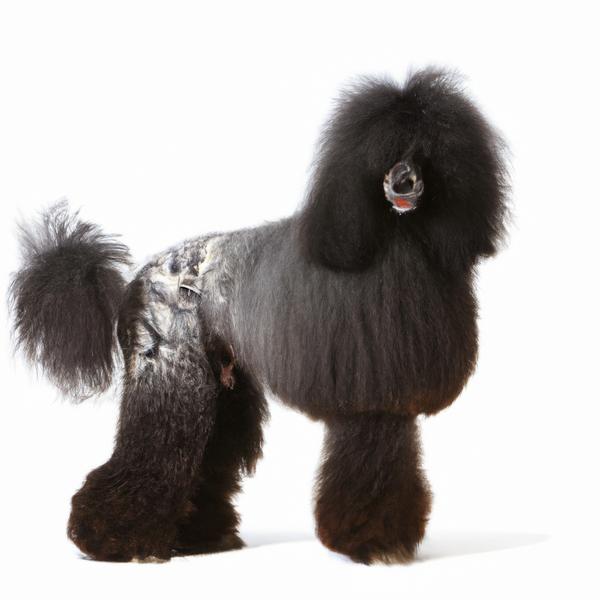
Puli
Peke-A-Pap vs Puli
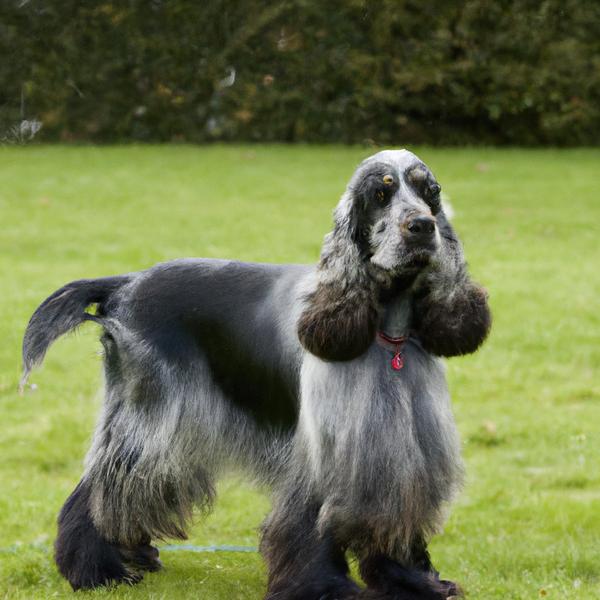
Blue Spaniel
Peke-A-Pap vs Blue Spaniel
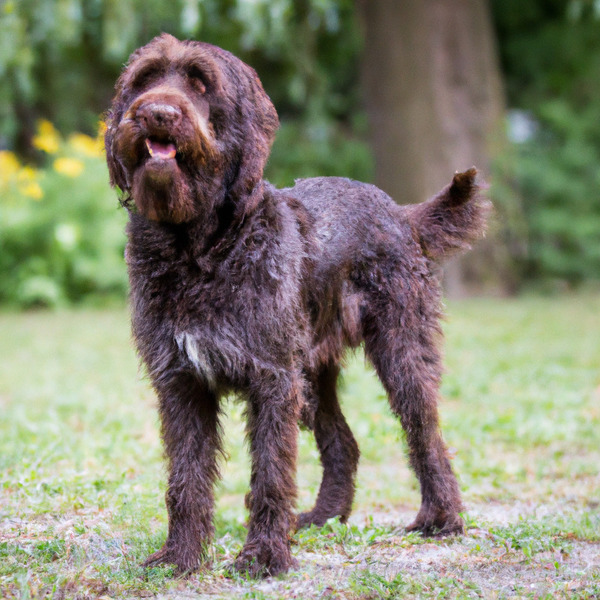
Pudelpointer
Peke-A-Pap vs Pudelpointer
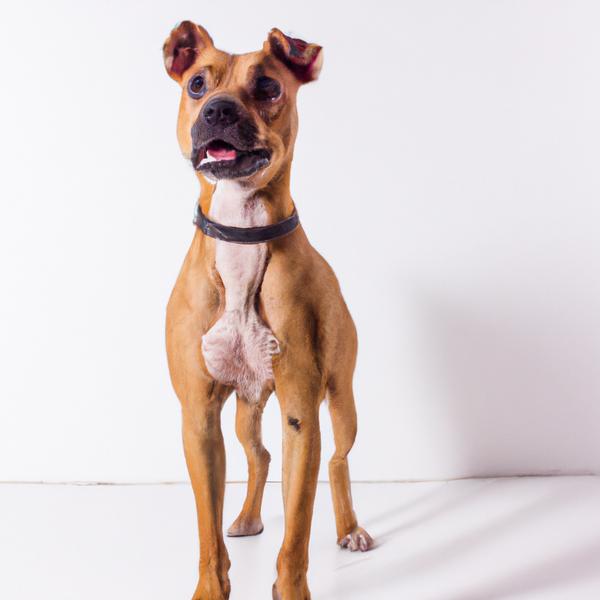
Boxita
Peke-A-Pap vs Boxita
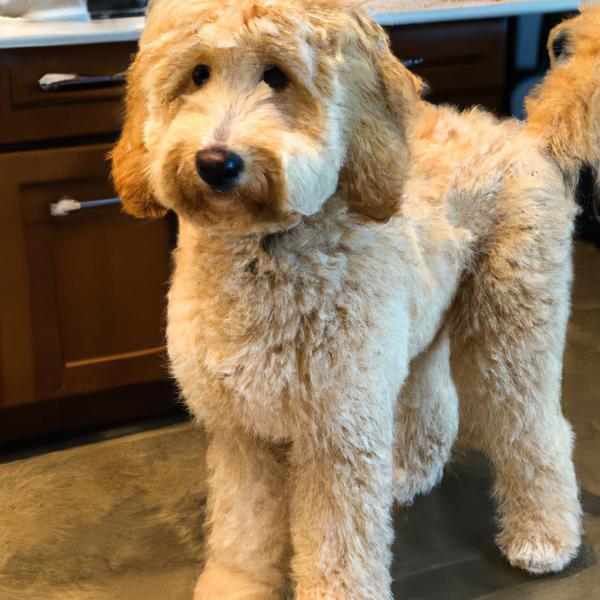
Miniature Goldendoodle
Peke-A-Pap vs Miniature Goldendoodle
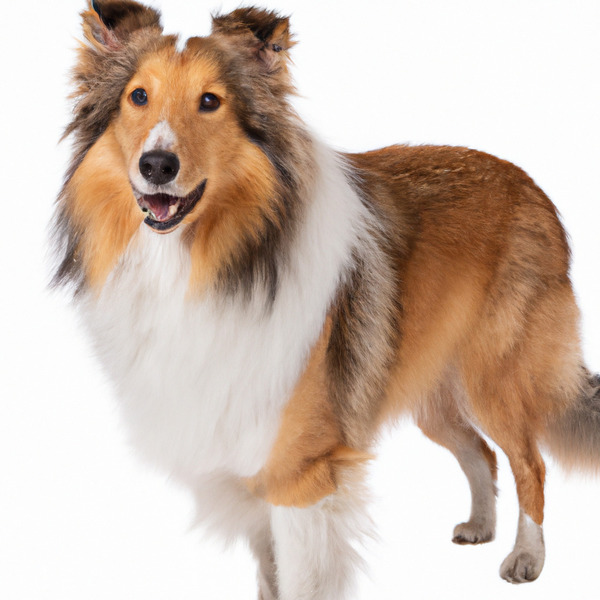
Welsh Sheepdog
Peke-A-Pap vs Welsh Sheepdog
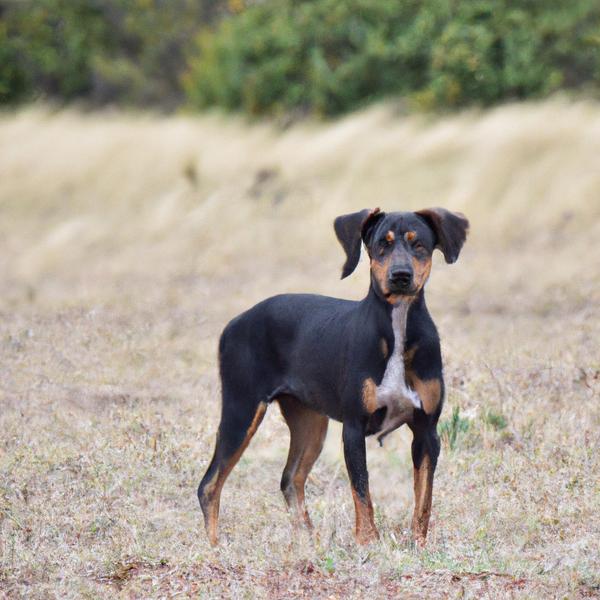
Kimola
Peke-A-Pap vs Kimola
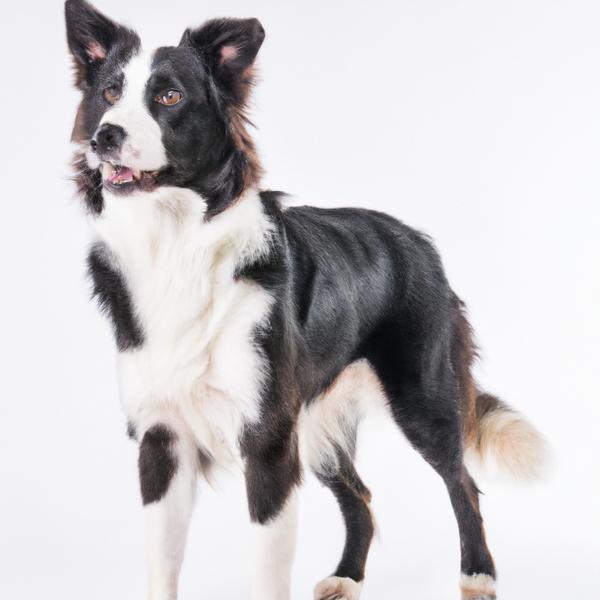
Border Collie
Peke-A-Pap vs Border Collie
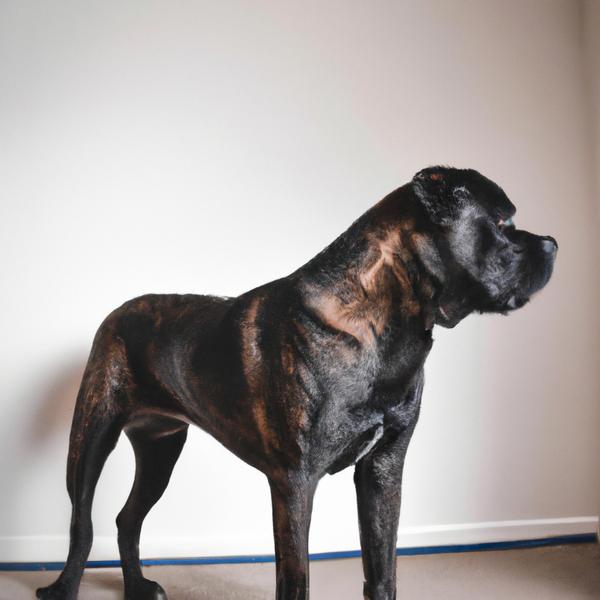
King Cavrin
Peke-A-Pap vs King Cavrin
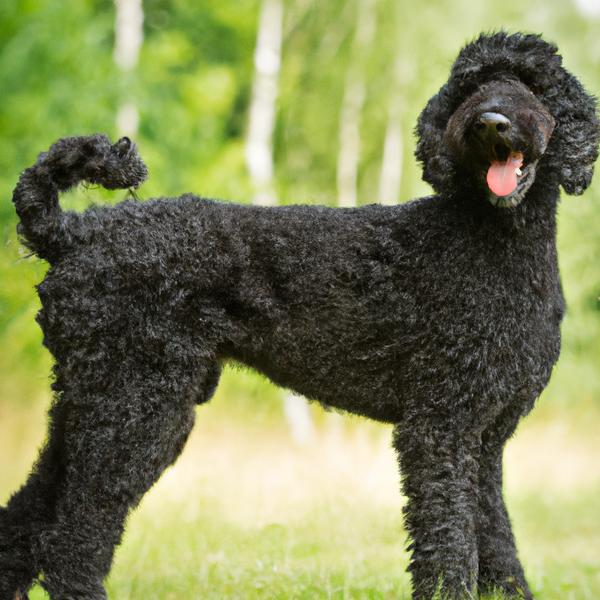
Curly Coated Retriever
Peke-A-Pap vs Curly Coated Retriever
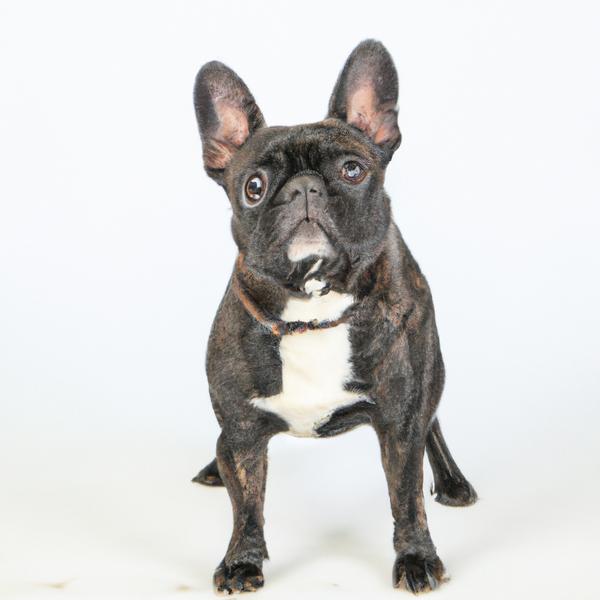
Faux Frenchbo Bulldog
Peke-A-Pap vs Faux Frenchbo Bulldog
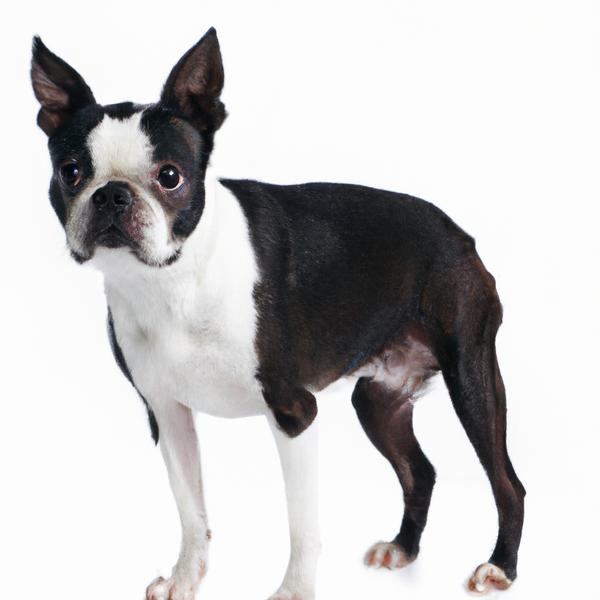
Boston Terrier
Peke-A-Pap vs Boston Terrier
